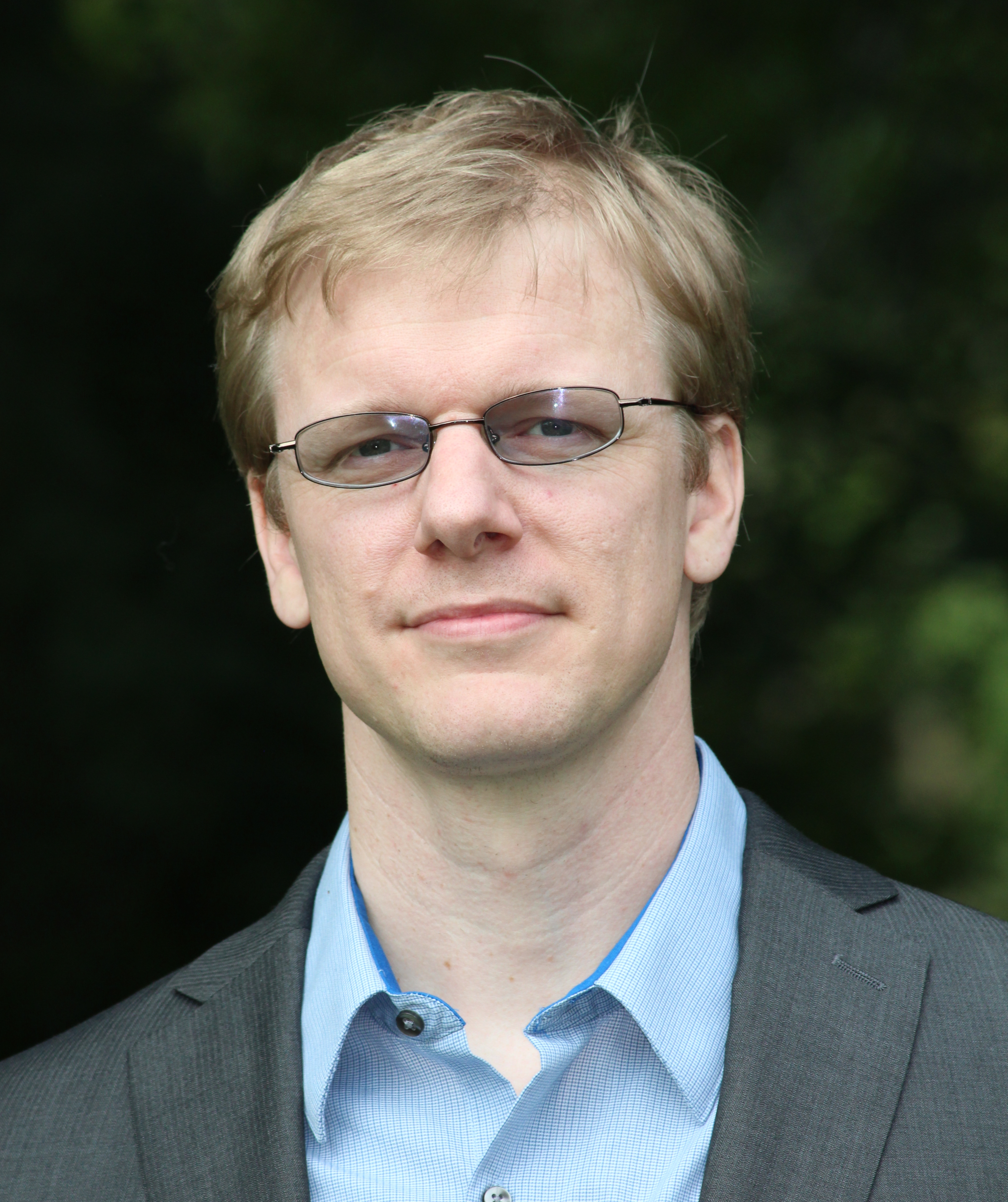

Physics-based Computing for the Senses
Doug L. James
12 September 2013
3.30pm-Reception outside Auditorium
4.00pm-Lecture, Rashid Auditorium - Gates & Hillman 4401
ABSTRACT
Tremendous progress has been made in computer graphics on generating compelling visual imagery. Unfortunately there still remains a long way to go to be able to simulate interactive multi-sensory experiences with the richness of our real world. How can we improve this situation?
In this talk, I will discuss challenges and advances on enabling physics-based animations with unprecedented visual detail, more efficient simulation algorithms, and richer multi-sensory experiences. In the last part of the talk, I will describe recent progress on physics-based sound synthesis (for rigid bodies, thin shells, brittle fracture, liquids, fire, and clothing) that aims to evolve physics-based animation algorithms beyond a class of methods for "silent movies" where sound is added as an afterthought.
Bio
 Doug L. James is an Associate Professor of Computer Science at CornellUniversity.is Associate Professor of Computer Science at Cornell University. He holds three degrees in applied mathematics, including a Ph.D. in 2001 from the University of British Columbia. In 2002 he joined the School of Computer Science at Carnegie Mellon University as an Assistant Professor (with appointments in the Robotics Institute, and the Computer Science Department), then in 2006 he became an Associate Professor of Computer Science at Cornell University. His research interests include computer graphics, physically based animation, fast simulation algorithms, and multi-sensory physics applications such as sound rendering and haptic force-feedback rendering. Doug is a recipient of a National Science Foundation CAREER award, and a fellow of both the Alfred P. Sloan Foundation and the Guggenheim Foundation. He recently received a Technical Achievement Award from The Academy of Motion Picture Arts and Sciences for "Wavelet Turbulence."
Doug L. James is an Associate Professor of Computer Science at CornellUniversity.is Associate Professor of Computer Science at Cornell University. He holds three degrees in applied mathematics, including a Ph.D. in 2001 from the University of British Columbia. In 2002 he joined the School of Computer Science at Carnegie Mellon University as an Assistant Professor (with appointments in the Robotics Institute, and the Computer Science Department), then in 2006 he became an Associate Professor of Computer Science at Cornell University. His research interests include computer graphics, physically based animation, fast simulation algorithms, and multi-sensory physics applications such as sound rendering and haptic force-feedback rendering. Doug is a recipient of a National Science Foundation CAREER award, and a fellow of both the Alfred P. Sloan Foundation and the Guggenheim Foundation. He recently received a Technical Achievement Award from The Academy of Motion Picture Arts and Sciences for "Wavelet Turbulence."